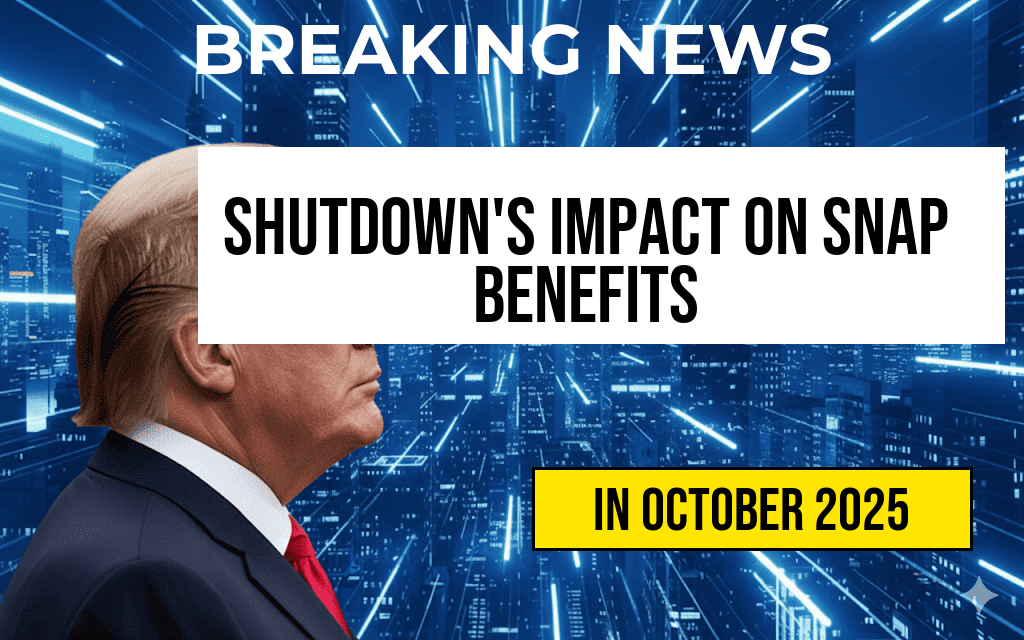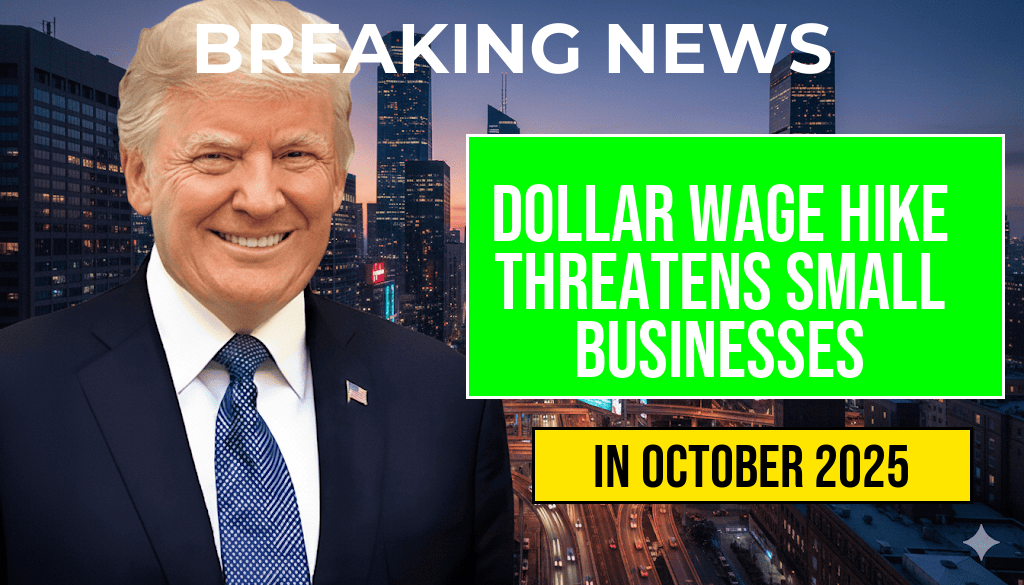Former President Donald Trump has recently proposed a controversial shift in retirement investment policy by advocating for the inclusion of high-risk cryptocurrencies within workers’ 401(k) plans. His proposal aims to expand investment options for American workers, emphasizing the potential for higher returns but raising significant concerns over increased financial volatility and investor protection. The suggestion has sparked debate among policymakers, financial experts, and labor groups, with critics warning that exposing retirement funds to the unpredictable nature of cryptocurrency markets could jeopardize Americans’ financial security in retirement. Proponents, including Trump, argue that diversifying into emerging assets could bolster long-term growth, especially amidst uncertain economic conditions. As the idea gains traction, it prompts a broader discussion about the future landscape of retirement planning and the balance between risk and reward in investment portfolios.
Background: The Role of 401(k) Plans in American Retirement Savings
401(k) plans serve as the primary vehicles for retirement savings for millions of Americans, offering tax-advantaged investment options that aim to grow over decades. Traditionally, these plans feature a curated selection of mutual funds, stocks, and bonds designed to balance growth and risk. The inclusion of riskier assets such as cryptocurrencies has been limited, mainly due to regulatory restrictions and concerns over market stability. Currently, most plans do not permit direct investment in digital currencies, but some have started experimenting with alternative assets to diversify portfolios.
Trump’s Proposal: Expanding Investment Options to Include Cryptocurrencies
During recent policy discussions, Trump suggested revising regulations to allow 401(k) participants to allocate a portion of their retirement savings into cryptocurrencies. His proposal argues that digital assets have demonstrated significant growth potential, citing the rise of assets like Bitcoin and Ethereum as evidence of their emerging role in the financial ecosystem.
“Americans should have the freedom to choose the most innovative and profitable investments,” Trump stated in a recent interview. “Cryptocurrencies are transforming the way we think about money, and workers shouldn’t be sidelined from this financial revolution.”
Potential Benefits Highlighted by Advocates
- Higher return prospects compared to traditional assets
- Portfolio diversification including emerging digital assets
- Encourages innovation and adaptation within the retirement system
Major Concerns and Criticism
- Market volatility could lead to substantial losses for retirees
- Lack of regulation increases exposure to fraud and manipulation
- Complexity may be unsuitable for less experienced investors
- Potential legal and administrative hurdles to integrating cryptocurrencies into existing plans
Regulatory Landscape and Industry Response
The proposal arrives at a time when the regulatory environment surrounding cryptocurrencies in the United States remains cautious. Agencies like the Securities and Exchange Commission (SEC) have issued warnings about the risks associated with digital assets, emphasizing investor protection. While some financial institutions have begun offering cryptocurrency exposure through specialized funds, mainstream retirement plans have yet to incorporate direct crypto investments.
Major retirement plan providers, such as Fidelity and Vanguard, have expressed cautious interest but stop short of endorsing direct cryptocurrency holdings. A spokesperson for Fidelity noted, “While we recognize the growing interest in digital assets, our priority remains ensuring the safety and security of our clients’ retirement savings.”
Policy Implications and Future Outlook
Implementing such a policy would require significant regulatory adjustments, including clarifications on custody, valuation, and risk disclosures. Lawmakers and regulators will need to weigh the potential for innovation against the protection of long-term retirement savings. Critics argue that introducing high-risk assets like cryptocurrencies could undermine the fundamental purpose of retirement plans: providing secure income in later years.
Meanwhile, some industry analysts suggest that a phased approach might be feasible, where a small percentage of assets could be allocated to cryptocurrencies under strict guidelines. This would allow investors to participate in potential growth without exposing their entire portfolio to excessive risk.
Experts’ Perspectives
| Expert | Position | Remarks |
|---|---|---|
| Jane Doe, Financial Analyst | Concerned | “The volatility and lack of regulation make cryptocurrencies a risky choice for retirement savings. Protecting future retirees should be the priority.” |
| John Smith, Blockchain Advocate | Supportive | “Inclusion of digital assets could modernize retirement investing, offering higher returns and better diversification.” |
| Regulatory Expert, Government Agency | Neutral | “Any policy change must ensure robust safeguards and clear guidelines to prevent misuse and protect investors.” |
The debate over integrating cryptocurrencies into retirement accounts underscores the broader challenge of balancing innovation with investor protection. As policymakers consider the proposal, they must navigate complex regulatory, economic, and ethical considerations that could reshape the future of American retirement planning.
Sources such as Wikipedia’s overview of U.S. retirement plans and Forbes’ coverage of financial regulations provide additional context on the evolving landscape of retirement savings and digital assets.
Frequently Asked Questions
What is the main proposal regarding high-risk cryptocurrency investments in 401(k) plans?
Former President Donald Trump advocates for allowing high-risk cryptocurrency investments to be included in workers’ 401(k) retirement plans, aiming to diversify investment options and potentially increase returns.
What are the potential benefits of including cryptocurrencies in 401(k) plans?
Including cryptocurrencies could offer higher potential returns and diversification for retirement savings, providing workers with more investment choices beyond traditional assets.
What are the risks associated with high-risk cryptocurrency investments in retirement plans?
Cryptocurrencies are known for their volatility and price fluctuations, which could lead to and impact retirement savings adversely.
How might this proposal impact workers’ retirement security?
Allowing high-risk investments like cryptocurrencies could increase financial risks for workers, especially those nearing retirement who may not have the time to recover from potential losses.
What is the current regulatory stance on including cryptocurrencies in 401(k) plans?
Currently, regulators are cautious about permitting cryptocurrencies in retirement plans due to risk concerns and the need for clearer guidelines to protect investors.








